Author: Zhu Yulong
In the era of fossil fuel cars, the whole vehicle thermal management system was unnoticed by most consumers. However, in the era of pure electric cars, due to the high cost of batteries and the direct impact of the heating and cooling system on energy consumption and driving experience, the thermal management system has become a significant factor for daily EV users. Its main roles are:
- In winter, the driving experience is greatly improved by heating the seats and turning up the air conditioning to warm the cabin. The heating system directly affects the speed of warm air output, and insufficient heating may lead to uncomfortable driving experience, especially for children who may catch a cold.
- After the air conditioning system is heated up, poor energy management will cause rapid decrease of mileage. In winter, the battery temperature is relatively low, and the energy release is restricted. Poor system management could be disastrous.
- In summer, the energy consumption and cooling time for quickly lowering the cabin temperature has a significant impact.
In actual fact, the thermal management system for EVs requires in-depth iteration based on the systems of fossil fuel cars. The optimization has to be done with electronic and electrical architecture, powertrain, braking system, and the thermal management system itself. Although it may seem that a good thermal management system can be achieved through hard work, there are actually many skills and nuances behind the technology. To position their vehicles as leading-edge, GAC Motor has taken on this challenge with robust engineering efforts. During the cold season, I had a deep conversation with their technical team to share some of my viewpoints.
The “coupling” technology in GAC Motor’s thermal management system is achieved through comprehensive energy, structure, and control integration analysis at the vehicle level. It includes energy gradient utilization, system component integration, central control integration, and intelligent evolution based on the smart architecture. In other words, this innovative energy management system can quickly regulate the vehicle’s temperature while cutting energy consumption by half, ensuring maximum range capability of the vehicle under temperature-demanding conditions like winter with increased battery energy use.
This mainly involves:
● Electrical energy: achieved through PTC heating
● Environmental energy & waste heat from battery and motor: leveraged through heat pump system to tap into environmental energy and waste heat from motor and battery
● Power grid energy: fully utilizing the advantages of being connected to the power grid to manage vehicle heat energy.
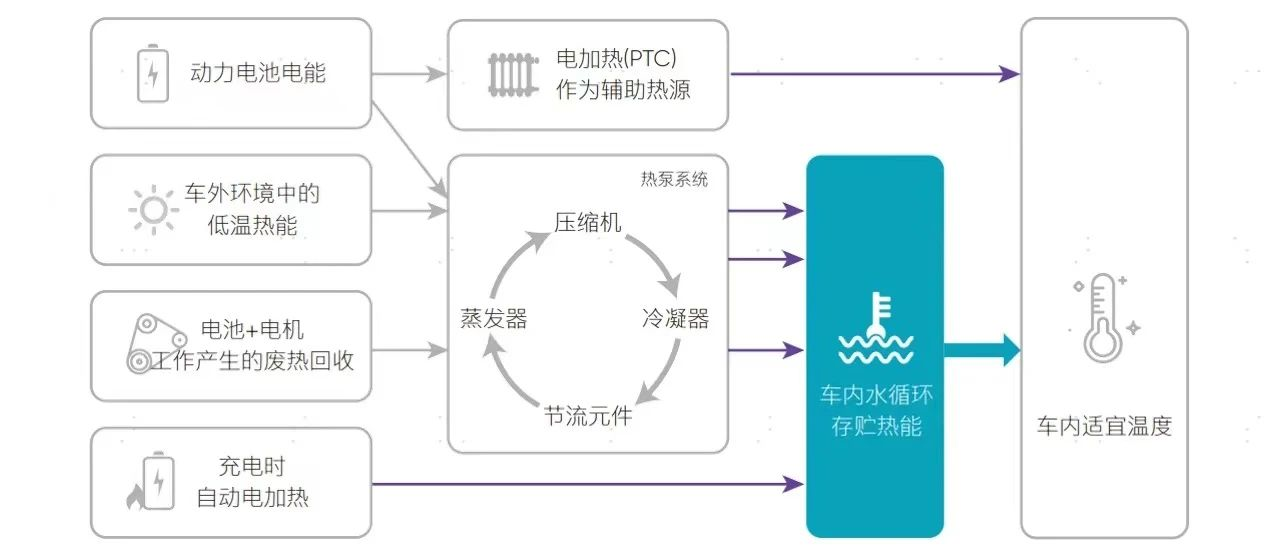
In other words, the design revolves around the integration of air, coolant and electrical energy and various mechanical energy transfer systems to achieve maximum energy utilization. Coupled structural and control technologies are the core methods for realizing this design.
In fact, there is a bit of theoretical methodology involved, and I think the entire design concept is very good.

Gotion High-efficiency Thermal Management System: 10kW nominal power PTC coupled with a low-temperature heat pump
The above design concepts and methods may be unfamiliar to many. What do they really mean? Let’s break it down here:
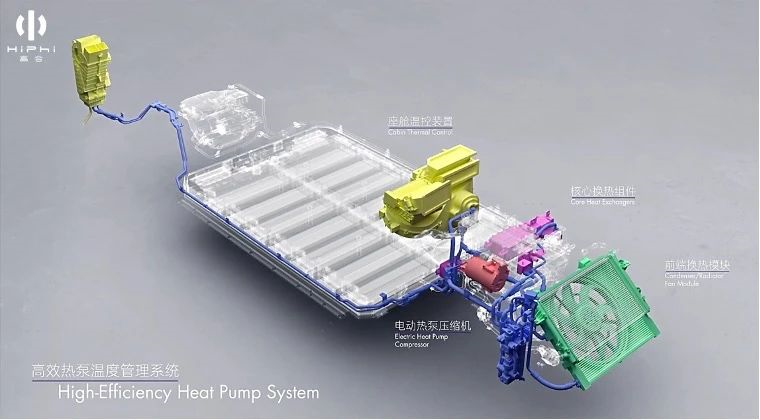
● First, let’s talk about this 10kW PTC, which is actually a very large specification. What is it used for?
As a vehicle with a particularly large interiorspace, it is similar to being in a large room. If the temperature outside is relatively low, the car owner and passengers are eager to feel the heat and warm up the entire passenger cabin. At this point, the speed at which heat is generated is critical to the consumer experience. Whether it’s a regular heat pump or a low-power PTC, if it is slow, consumers cannot afford to wait, especially if it is freezing outside.# High Hope’s Engineers Use Top-Notch Design for the Heater
High Hope’s engineers use top-notch design for the heater, and the heating efficiency of the product is very stable. The electric energy can be almost losslessly converted into heat energy, which provides the best working temperature for the power battery and supplies heating inside the car. This greatly reduces the energy consumption of the vehicle’s power battery at low temperatures. The heater has a high power and quick startup, and is not affected by ambient temperature. Therefore, it can achieve the best balance performance among the three core indicators of high power, heating efficiency, and reliability. Especially in the case of high power, the PTC ceramic heater can achieve industry-leading overall balance performance in both heating efficiency and reliability compared to traditional technologies. In various working conditions, compared with traditional technologies, the PTC ceramic heater has a fast startup rate and is completely controllable, and the heating time and power consumption are also significantly reduced. The required time to achieve stable power output is much less than that of traditional technologies, and also has higher safety.

-18°C Heat Pump, Why is it so Powerful?
The CrossLoop energy management system of High Hope’s HiPhi X is a highly efficient thermal management system, which consists of an indirect water medium heat pump, and transfers the heat obtained from the external environment, power battery, and motor system to the parts that require heat through water circulation during the winter season.
In addition to the direct heat pump, there is also an indirect heat pump called the water medium heat pump. The external cold air is collected into the water medium, and then the converted hot air is sent into the car through the converter. This heating method partly compensates for the drawback of the reduced effect of an outdoor temperature due to a direct heat pump.
High Hope’s HiPhi X uses this type of indirect heat pump and uses PTC electric heating as an auxiliary heat source. On the one hand, it uses a 10 kW PTC as mentioned above for rapid heating, and on the other hand, it can quickly generate hot air when the heat pump is turned on at low temperatures. The most obvious feeling of using the HiPhi X in winter is that the warm air conditioning of the car comes very quickly, especially when starting the car on a cold morning.
Through the complex yet effective thermal management system, High Hope aims to provide faster heating for consumers and to mitigate the impact of low temperatures on lithium batteries, thus improving energy efficiency. The different ways of applying three-electric technologies and thermal management systems in the Chinese market can reflect the strengths and weaknesses of a product.“`
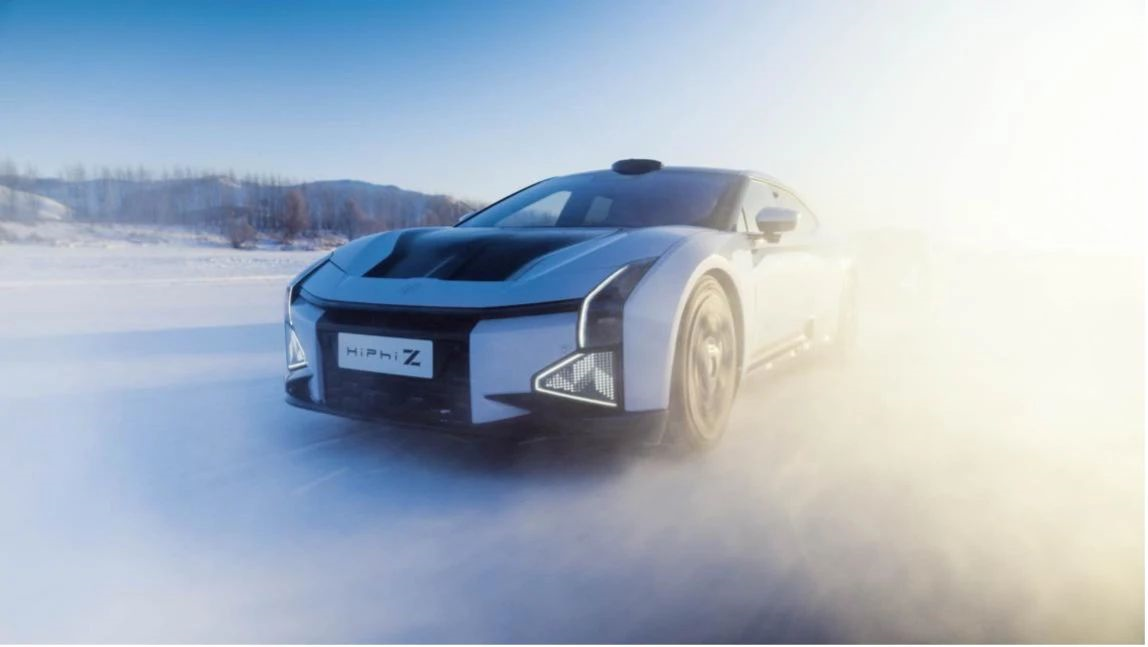
The H-SOA Architecture Enables the Value of Heat Management Based on Scenarios
SOA is being emphasized by everyone. What is SOA and what is it used for? I think it is necessary to think from a scenario perspective. A typical scenario is the function of automatic defogging and defrosting, which allows you to not have to think about it unconsciously. If you cannot see clearly, you don’t have to turn on the air conditioner to blow the glass. This kind of scenario is usually found in the south, where humidity and temperature difference have an impact. Through sensors and software, the system can judge whether the windshield needs defrosting and defogging in advance, and the defrosting and defogging device can be automatically turned on when needed, without manual operation of the driver, which can avoid distracting the driver’s attention and improve driving safety.
The heat management system of H-SOA calculates the dew point temperature of the air through the temperature and humidity collected by sensors, and then compares it with the glass temperature to obtain the risk of fogging (the higher the risk of fogging when the dew point temperature is higher and the lower the glass temperature). Finally, based on the calculated value, the system can reduce the risk of fogging through various means of the intelligent unit when the risk of fogging at the windshield exceeds a certain value. When necessary, the vehicle interior ventilation can be set to external circulation, and the blower can be controlled by the control circuit to perform defrosting. Otherwise, the control unit will set the vehicle interior ventilation mode to internal circulation and control the air conditioning to perform defrosting.
Another scenario is the design of independent temperature control. Is there any difference between the driver and the co-driver when driving? Through intelligent design, passenger situations and the control of the electric air outlet can be detected, making the whole heat management more efficient.
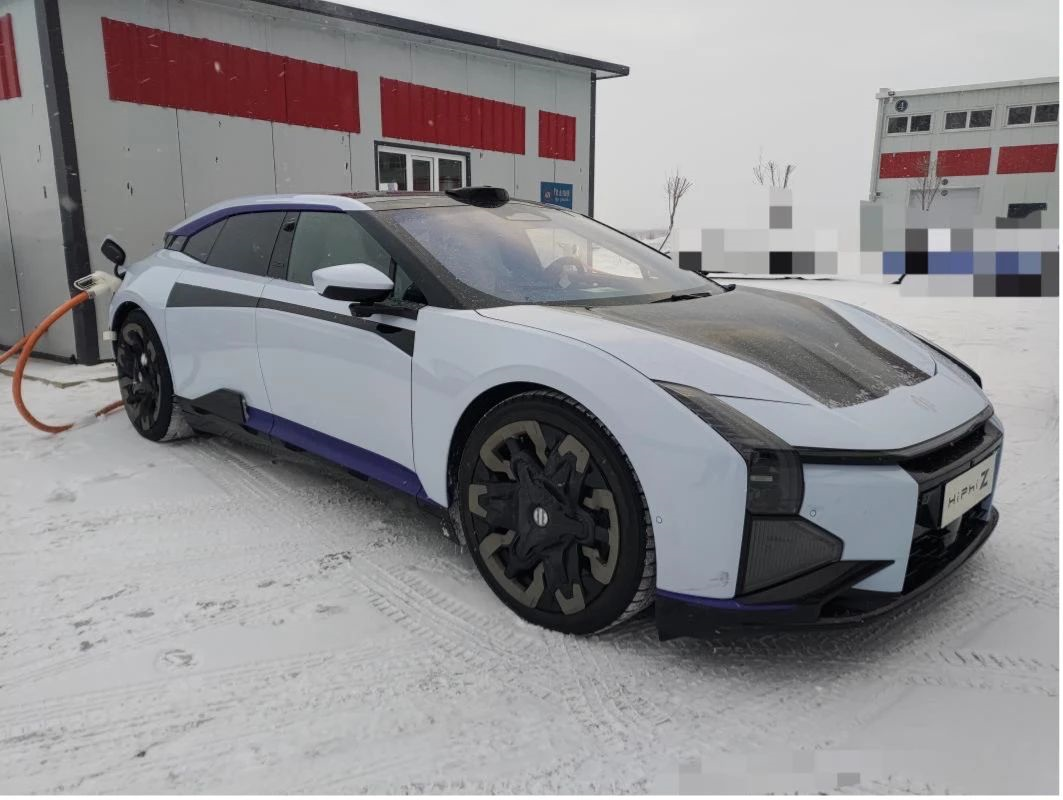
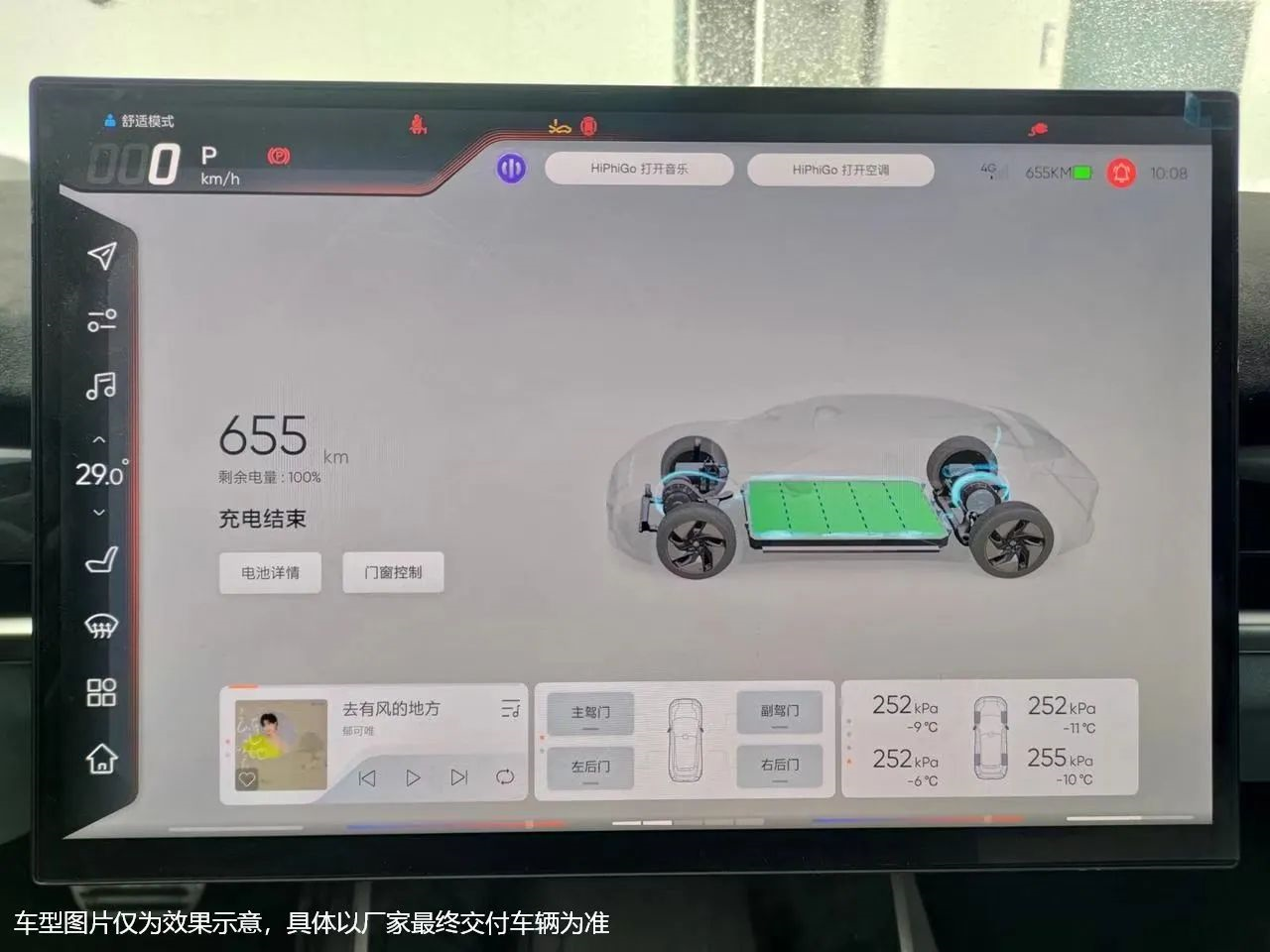
“`### Balancing Products and Technology, Breaking Down “Department Walls” in Design at Gotion
In the new forces of China’s car industry, the culture of Gotion (previously known as Guoxuan Hi-Tech) is quite unique. Through flexible management mechanisms and cost investment, they have found a balance between product and technology, and liberation of engineers’ creativity. Gotion’s open corporate culture and flat management mechanism, have produced systematic iterations and updates based on the traditional automotive enterprise. From changes in enterprise culture, management mechanisms, and direction, employees in Gotion’s styling, research and development, manufacturing, and other departments have not only completed the transformation from traditional car enterprise roles to new car-building models, but also fully liberated their creativity and productivity. In particular, in design collaborations, the “department walls” between thermal management, powertrain, chassis, and EE electronic control have been broken down.
Summary: In this surge of China’s new car-making industry, it has given many Chinese car enthusiasts the opportunity to showcase their abilities and values, and to realize their ideals and pursuits through well-made products. I think it is worth paying attention to Gotion, as they have done incredibly valuable work.
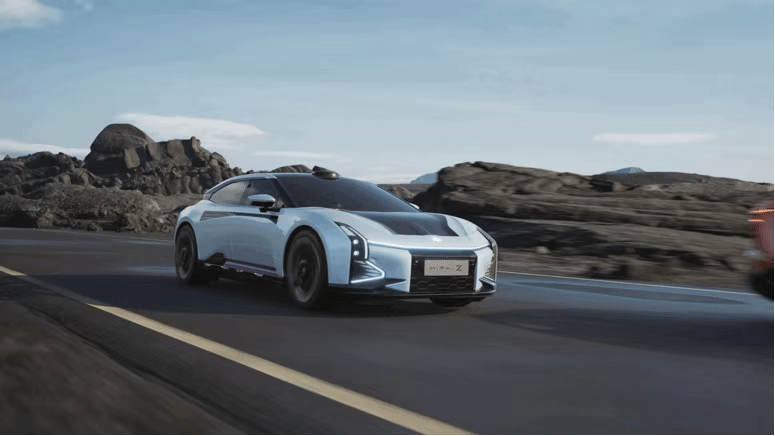
This article is a translation by ChatGPT of a Chinese report from 42HOW. If you have any questions about it, please email bd@42how.com.
